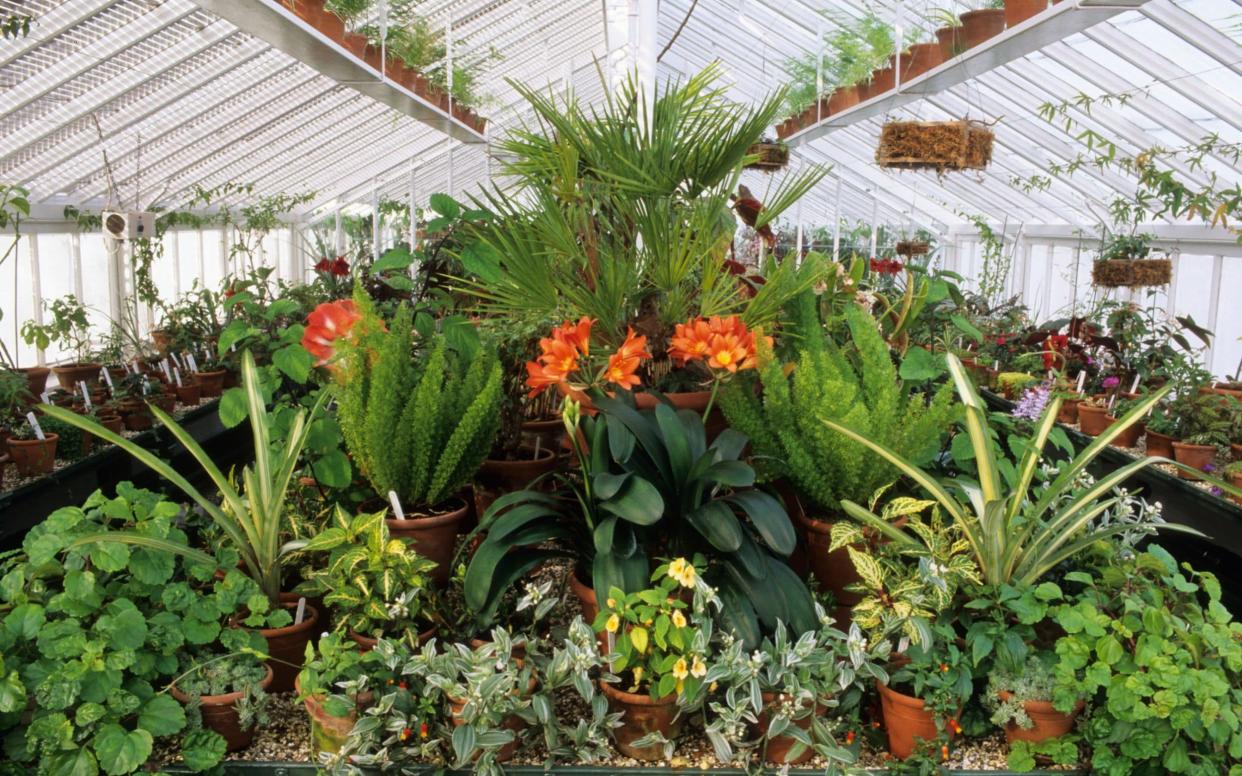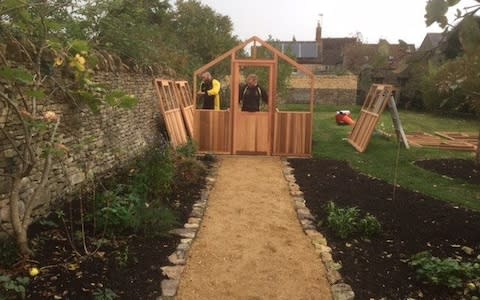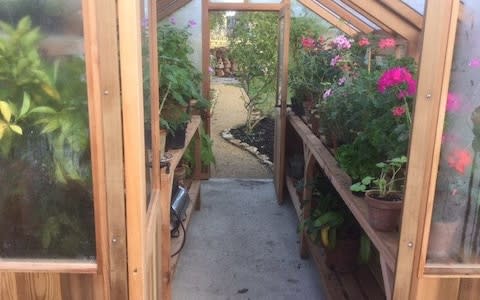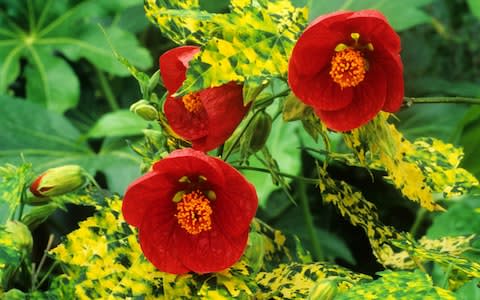How even a small greenhouse can be a winter haven for plants

The greenhouse arrived the morning that Ophelia landed in Ireland and the day our sky turned orange. Undeterred, Chris and Rowan from Woodpecker Joinery took seven hours to put up the refuge from any storm. By 4.30pm, the soaked and sulky pelargoniums had their new dream home. Once salvias, nerines, begonias, succulents, heliotropes, abutilons, an orange tree and a few more assorted half-hardies had joined them, I wished it was twice as large.

But 8x12ft (2.4x3.6m) in a small garden is a good size. The last greenhouse was a much bigger lean-to, with room to grow things against the wall. But here, I can have a double set of staging. One table runs the full 12ft and the other, at half that length, leaves enough room for tall plants to stand on either side. Above the reduced bench, there is also a full-length, narrow shelf for small pots.
The pelargoniums will have to be rationalised. There are far too many, but in February, when I want to make room to start raising seeds, they can take a crowded turn on the sunny windowsill at the front of the house.
Woodpecker Joinery make Western red cedar greenhouses that really work. (Neither Ophelia nor Brian rattled the panes a jot). Chris Waltho, who came to put mine up, runs the company which he started on his parents’ farm more than 20 years ago. There are Woodpecker glasshouses at royal residences and at several National Trust gardens, as well as many even smaller than mine all over the country.

Wood is warmer than aluminium, but it does need more maintenance. Painted softwood is particularly demanding, even with the new long-lasting treatments that are available. The advantage of cedar is that it contains natural preservatives so is more durable than other softwoods. Chris gives it 25 to 30 years. I also like the look of silvery wood and can’t wait for the slightly orange colour to tone down as it ages, which should not take long. Meanwhile, the smell of cedar wood is heavenly.
Ideally a greenhouse should run north-south, and ventilation is critical. There is never enough when the weather warms up, even with automatic top windows, which open when it gets hot. I added four side vents of louvred glass, with handles to wind them up and down. There are doors at both ends, because I always like the idea of being forced to walk through a greenhouse. The most exciting one I know opens behind a door set in a wall. We did this once for a client, but I could not have arranged that here. Instead, the route via the greenhouse leads up our only hard path to the compost bin and to the back gate on the way to the allotments. I would of course have had more growing space with a single door.

Woodpecker staging is very strong. It needs to be, as most of my pots are terracotta, but solid cedar staging is always a good idea. Even if you use plastic pots, you may want to stand them in trays of sand or matting for capillary watering, which makes them heavier.
The base of my greenhouse is wooden panels. It could have been stone or brick, but whatever the base, it means less light at the lower level. This is fine for clivias, which can deal with minimal light, and for overwintering succulents, or dormant fuchsias, as well as for storage for potting compost and pots. I may even put dahlia tubers there, as I don’t plan to heat the house to more than just above freezing.
Dahlia tubers need to be dry and dormant until March. In order to protect the plants and sundries on the lower level, all the pots above them are in trays, to prevent any drips on the dry zone below.
The Bio Green Phoenix heater is one that professionals recommend, an electric fan with several settings. On days when the vents do not open, I keep the fan running on cold, because if the air is moving there is less risk of plants damping off. When the temperature drops, the heater cuts in. The atmosphere in any greenhouse needs to be buoyant. Some people have water tanks inside their glass. I don’t, because I think it makes the air too muggy. Fine if you want to grow rhododendrons and ferns, but less good for mainly Mediterranean types.
The Woodpecker comes with gutters and downpipes and I have ordered a couple of galvanised dustbins to catch the water at the back on the north side. To the south, at the end of the flower beds that line the path, I have big pots, planted currently with layers of bulbs. In summer they will probably have ‘Paton’s Unique’ geraniums. When spring comes, or sooner, the greenhouse will be a growing station, rather than a display house to cheer the winter.
I am starting to think about a frame for all the seedlings I plan to sow. The transition from hot house to open air is always tricky and frames are ideal for hardening off young plants. Woodpecker do a nice line in frames. If anyone is listening, Christmas is coming…
Visit woodpecker-joinery.co.uk or call 01889 562610. For the Bio Green Phoenix heater, visit greenhousepeople.co.uk.


